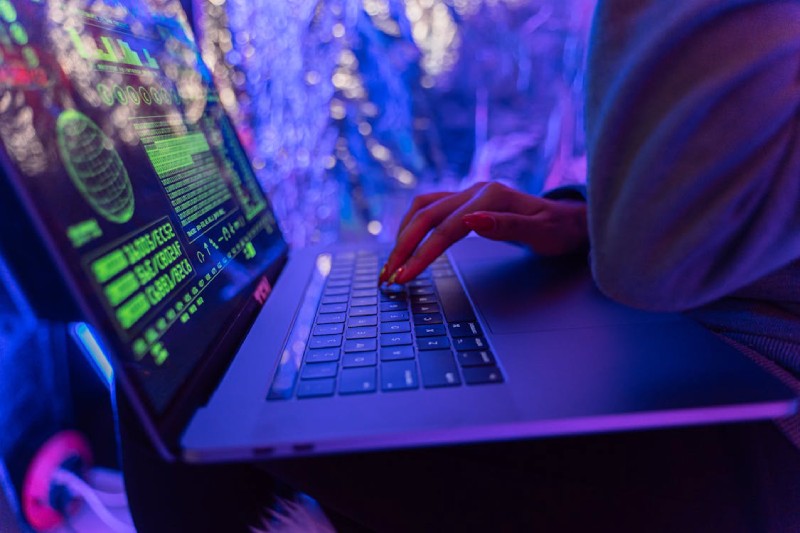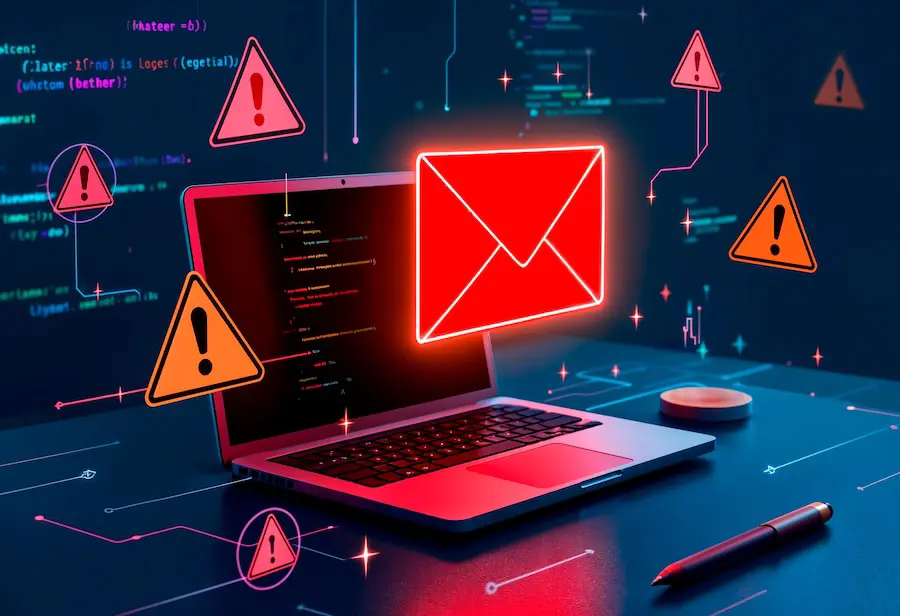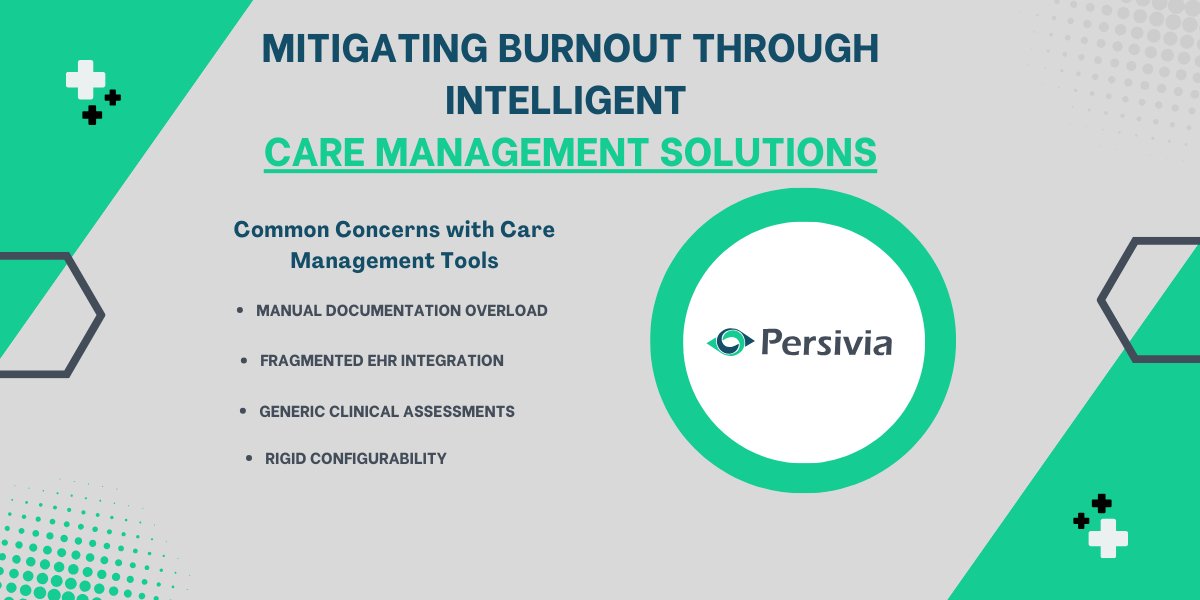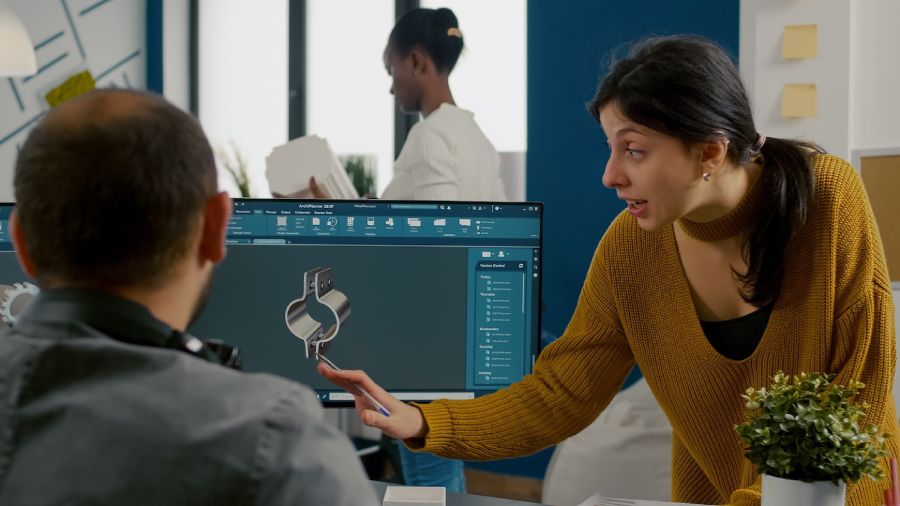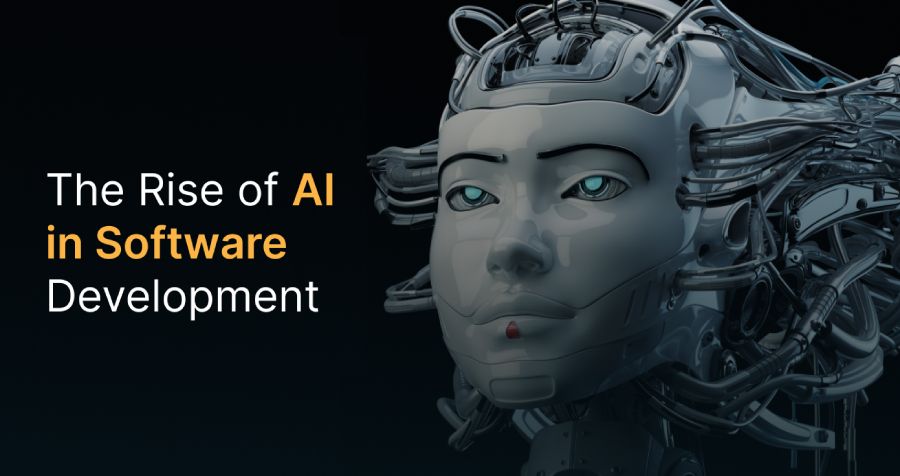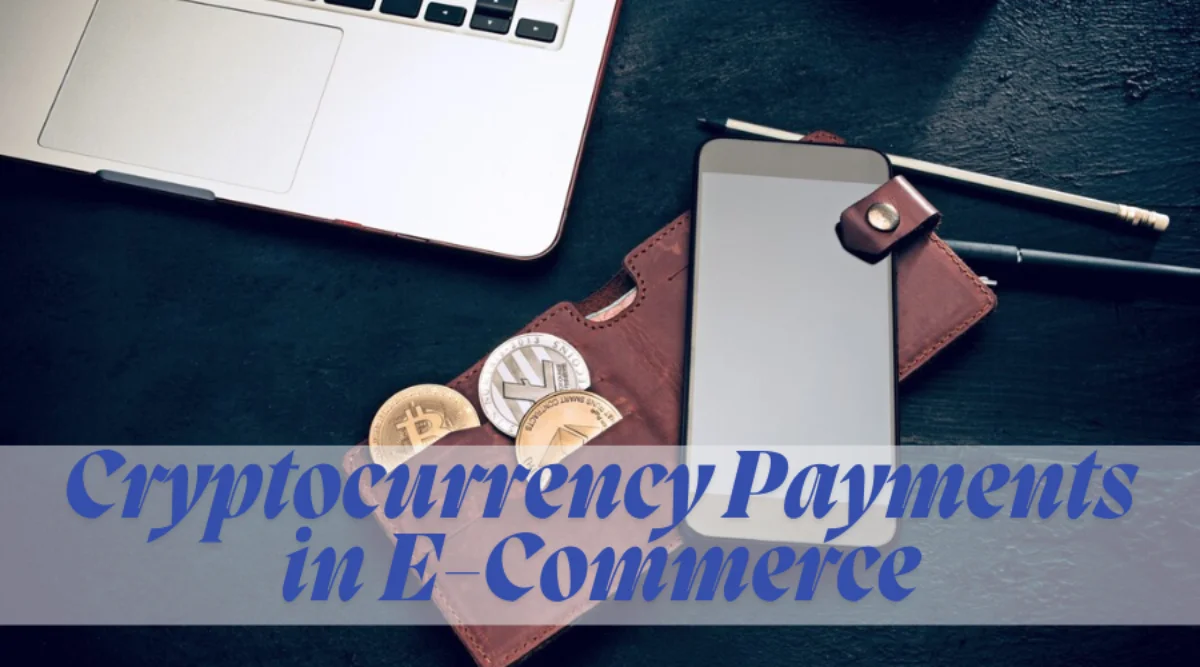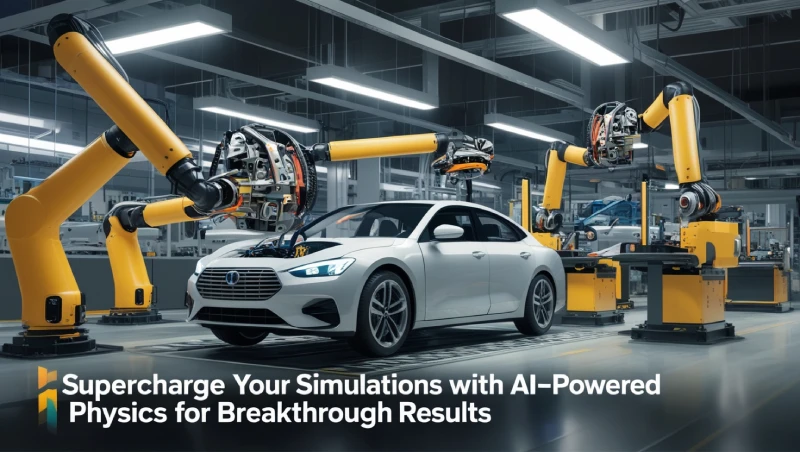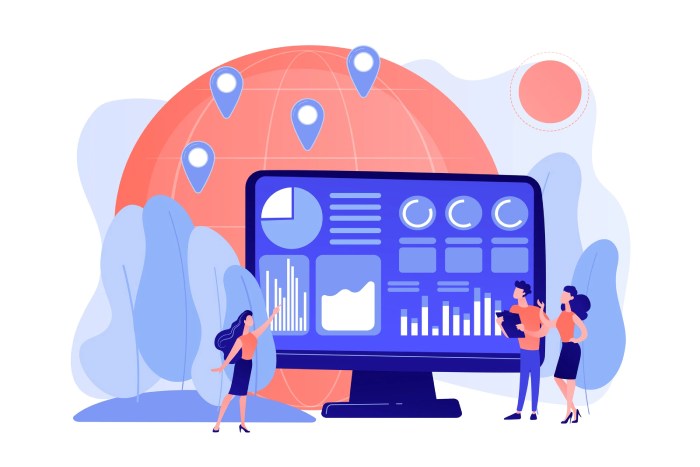
The Top 3 Aspects That Help Market to Millennials
Millennials make up roughly 22% of the market, with over 70 million Millennials in the United States. They account for about $2.5 trillion dollars in spending power. Millennials are at the peak of young to mid-adulthood, and have a different understanding of the world than Gen-Xers.
When marketing to millennials, it’s important to consider these three aspects to win their buying power.
Local Impact
Now more than ever before, Millennials and Gen-Zers make a more concerted and conscious effort to shop local and at small businesses. This was something that was happening even before the pandemic, but has continued to be at the forefront of many individuals' minds, especially with the severe impact that the pandemic played on small businesses.
The pandemic also significantly impacted people’s spending habits, where much of the purchasing power was moved to online. As a result, it’s vital to have an online storefront for every small business. Online sales for small businesses increased by 18% in the year before the pandemic, meaning this was not just a result of the pandemic, but will continue to impact buyers’ decisions going forward.
It was found that “for every $100 spent at small businesses, $48 is put back into the local economy.” With this knowledge, many individuals will make the conscious choice to spend their money at a local business because community building is important to them.
Environmental Impact
In a Pew Research poll, Millennials are said to care more about the environment than any other generation, even Gen-Z. What does this mean for you as a business owner? You need to be aware of your environmental impact. Something to consider is proximity to manufacturing. How far does it take your product to travel? The closer to home, the better. In fact, over 80% of consumers said they would spend more money to support a local business.
Another aspect worth considering is the type of manufacturing, and what its carbon footprint is. A good example of a more limited carbon impact is lab made diamonds. By making diamonds in a lab, you use less water and energy, which leads to less air pollution, making a lab diamond the better option compared to a mined diamond. Assess what other products you're selling and determine where they are made and the materials used to create them. If you have been conscious of these decisions from the beginning, it will be easy. Then use these positive environmental impacts to promote your product. Was the product made in the USA? Highlight that as part of your marketing strategy.
Social Impact
Forbes found that the influence of social media on the buying habits of individuals has a large impact, with 7 in 10 people using social media. With this in mind, it’s important to market your business on social media. Establish multiple social media pages with your business name, and then use local friends and other stores to help boost your visibility in your community.
Most people will read reviews or value the reviews of trusted friends and proven trusted influencers. Begin to build that trust with your customers, and their influence will help to build that trust with potential customers.
Conclusion
Remember, as a small business, you have a lot of impact on your community. When you begin to utilize and leverage your community, you will see the greatest impact. Do this by using social media in an effective way. Millennials see the importance of investing in local businesses, as they benefit their own community.
When you pair the benefits of buying and creating locally and limiting the negative impact of your carbon footprint, your business will appeal more to your Millennial customers. Armed with these three takeaways to better market to millennials, create your marketing strategy with this in mind.

Law Firm Management: How Technology is Driving Efficiency
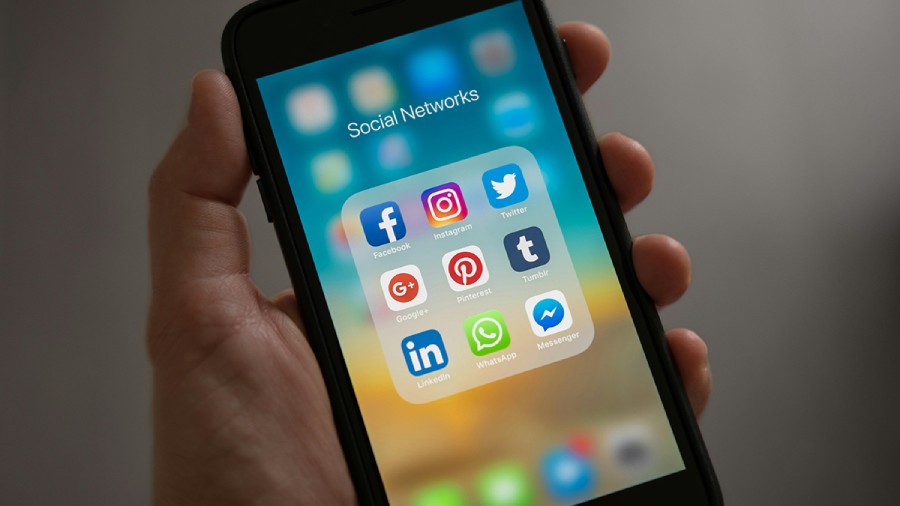
Most Popular Social Networks: Dominating Online Platform
